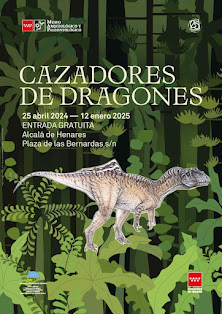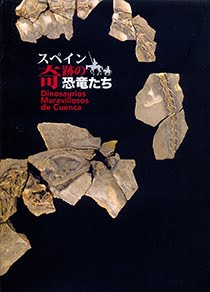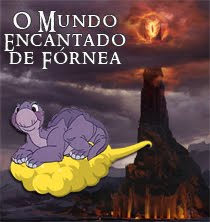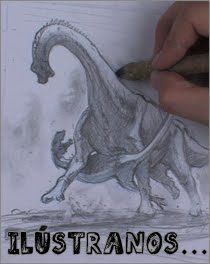En las pasadas XXXVII Jornadas de Paleontología de la SEP en Cuenca se presentó una comunicación en formato póster sobre los dinosaurios saurópodos del yacimiento cenomaniense de Algora (Guadalajara). En esta comunicación titulada "New discoveries in Algora (Spain) shed light on the evolutionary history of European sauropods during the Cenomanian" se han presentado los nuevos restos de saurópodos encontrados en la campaña más reciente de trabajos paleontológicos, incluyendo varios ejemplares del esqueleto axial apendicular de al menos dos individuos. El resumen es el siguiente:
The European Cenomanian sauropod fossil record is scarce, and the evolutionary history of this group during the Late Cretaceous is still poorly understood for the continent. The Cenomanian is a key period to comprehend the extinction of some sauropod lineages commonly present during the Early Cretaceous (e.g., laurasiforms), and the establishment of the lattermost Late Cretaceous sauropod fauna in Europe, dominated by lithostrotian titanosaurs. The recent discovery of the Cenomanian Algora fossil-site, in central Spain, provides new data about this Cenomanian sauropod diversity. The sample of Algora is the richest sauropod fossil accumulation from the Cenomanian of Europe. Previous cladistic analyses placed the Algora sauropod within Lithostrotia, in a more derived position than Malawisaurus (Aptian, Malawi), in a subclade that includes Rapetosaurus (Maastrichtian, Madagascar) and an indeterminate titanosaur from Italy (late Aptian–early Albian). New palaeontological expeditions in this fossil-site revealed several new specimens and a more complex taxonomic scenario than previously documented. These new remains allow recognizing the presence of more than two individuals in the main accumulation, including more caudal vertebrae and new appendicular material (i.e., scapula, ischium, pubis, and femur); and they can be attributable to a single small-sized taxon. It is characterized by a unique combination of features in the caudal vertebrae, not compatible with any taxon so far described. This taxon, together with the Italian form, shows affinities with Gondwanan titanosaurs, indicating the presence of pre-late Aptian faunal contact between European and African sauropod faunas possibly through the Adriatic plate during the Early Cretaceous. In addition, new remains have been found in other locations and levels nearby the main site, among which stands out a complete cervical vertebrae of a medium-to-big size individual. The Cenomanian osteological and ichnological record reveals that the mid-Cretaceous sauropod fauna in Europe is mainly composed by lithostrotian titanosaurs and, possibly, brachiosaurids.
-----
Más información:






























- Síguenos en Twitter
- "Síguenos en Facebook
- RSS
Contacto